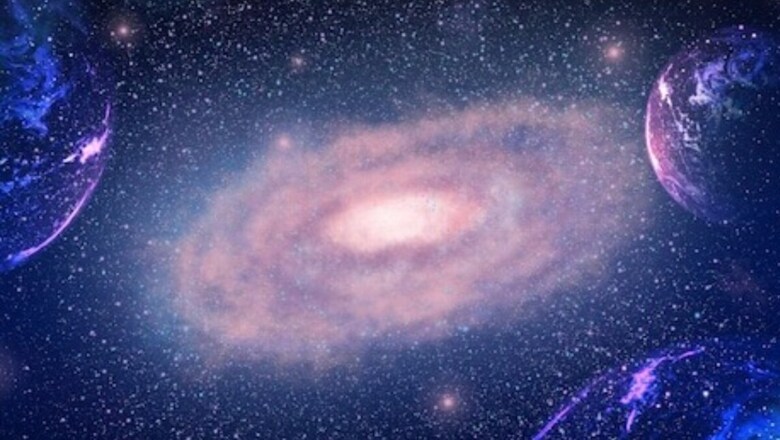
views
In the quest to unravel the mysteries of our universe, scientists have discovered a new method for investigating cold dark matter (CDM), a theoretical form of dark matter that makes up 25% of the present cosmos. Although dark energy accounts for nearly 70% of the universe, our comprehension of both dark energy and dark matter remains restricted. The mysterious characteristics of dark matter and its interactions with the rest of the universe have long perplexed the scientific community. Despite extensive efforts, the exploration of this enigmatic substance has been confined to a minuscule area of the universe, presenting significant obstacles in identifying its constituents and properties.
The latest study highlights the existing conflict between the two models used to study CDM – the particle physics model and the cosmological model. While the standard cosmological model has exhibited a commendable success rate, discrepancies have arisen due to the lack of detection of one of the promising candidates of CDM – Weakly Interacting Massive Particles (WIMPs). Despite intensive searches, WIMPs have remained undetected, leading to the ruling out of the suggested parameter space.
In a recently published paper, the Raman Research Institute (RRI) has made significant strides in elucidating the relevance of WIMPs by relaxing earlier assumptions, thereby establishing the possibility of theorising dark matter from particle physics. Professor Shiv Sethi and collaborator Abineet Parichha demonstrated the relevance of WIMPs by considering an unstable WIMP in their analysis, thereby satisfying existing observational and experimental constraints on the nature of cold dark matter.
The authors’ model, wherein the WIMP decays and one of its decay products acts as cold dark matter at late times, not only expands the permissible space of parameters but also presents testable implications on cosmological data. This innovative approach brings into alignment the standard models of particle physics and cosmology, offering a potential resolution to the conflict between the two models.
Professor Sethi emphasised the continued viability of the WIMP model under the relaxed assumptions and hinted at the potential for more exciting possibilities in the dark matter sector, with data from the James Webb Space Telescope (JWST) possibly indicating such prospects.
About Cold Dark Matter:
The universe encompasses at least two distinct types of matter. Firstly, there’s an observable matter known as baryonic matter, considered ordinary as it consists of measurable protons and neutrons. This category includes stars, galaxies and all associated objects.
In addition to detectable matter, there exists elusive material in the universe that escapes conventional observation. Although it cannot be directly perceived, astronomers infer its presence by measuring its gravitational influence on baryonic matter. Referred to as dark matter, this enigmatic substance lacks the ability to reflect or emit light, posing significant challenges to understanding various aspects of the universe, tracing back to its origins some 13.7 billion years ago.



















Comments
0 comment